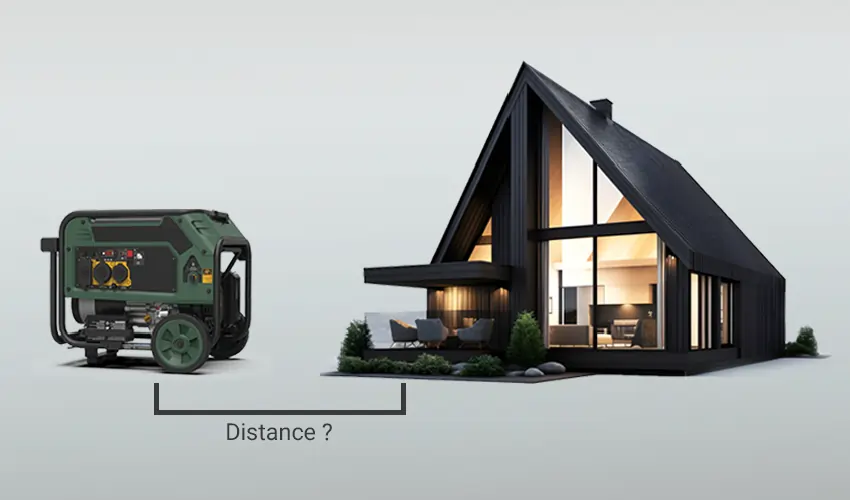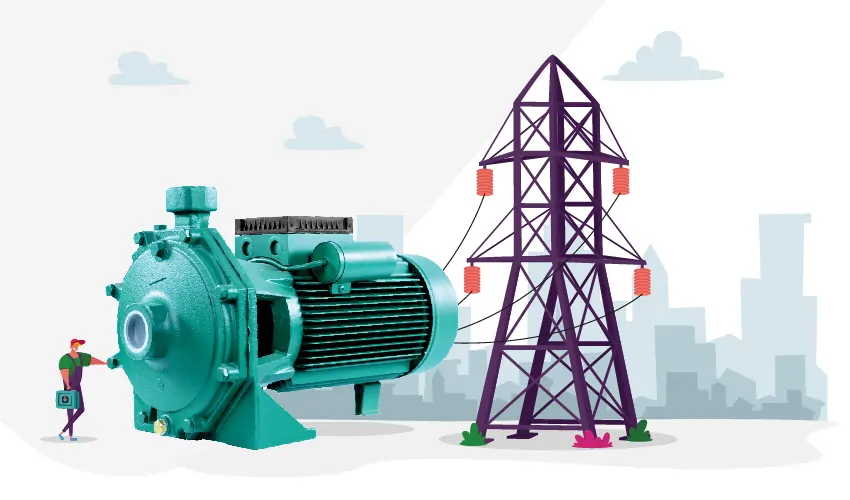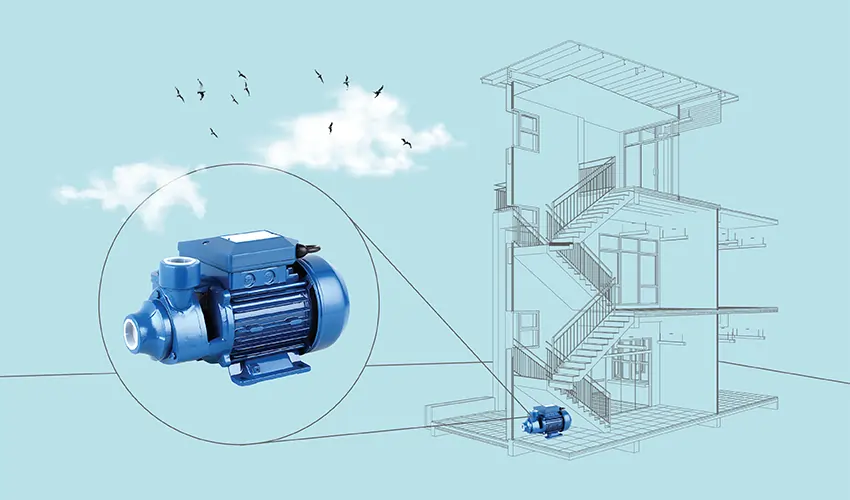Portable Generator Distance from the House
The use of portable generators has become increasingly common as a reliable backup power source during electricity outages. However, the portable generator distance from the house is a crucial safety consideration. Understanding the safe portable generator range from the house not only ensures the safety of the occupants but also maximizes the efficiency of the generator. This article delves into the recommended distances, key factors to consider for placement, and concludes with best practices for using portable generators safely.
How Far Can a Portable Generator Be from the House?
The generally accepted safe distance for placing a portable generator from a house is at least 20 feet (about 6 meters). This recommendation comes from various safety organizations, including the Consumer Product Safety Commission (CPSC) and the American Red Cross. The primary reason for this distance is to prevent carbon monoxide (CO) poisoning, as generators emit this dangerous gas as part of their exhaust. By positioning the generator at least 20 feet away, you minimize the risk of CO entering the house through windows, doors, or ventilation systems.
Moreover, maintaining this distance helps reduce the noise impact, as generators can be quite loud when operating. It also reduces the risk of fire by keeping the generator away from potentially flammable materials stored near the home.
Which Factors We Have to Consider When Placing Our Portable Generator?
Several key factors must be considered when deciding where to place a portable generator, beyond just the distance from the house:
1. Wind Direction: Always consider the prevailing wind direction in your area. You want to ensure that the exhaust from the generator is being blown away from the house, not towards it, to prevent CO from being drawn inside.
2. Accessibility: The generator should be easily accessible for refueling and maintenance but placed in a way that keeps it secure from potential theft.
3. Surface and Shelter: The generator should be placed on a stable, flat surface to operate correctly. Consideration should also be given to protecting the generator from direct rain and snow, which might damage the unit or pose electrical hazards. However, ensure that any shelter does not restrict airflow and increase the risk of CO accumulation.
4. Safety Clearances: Apart from the distance from the house, ensure there are clearances from other objects and overhanging structures to allow for proper ventilation and reduce fire risks.
Conclusions
The safe portable generator distance from the house is a vital consideration to ensure the safety and well-being of all occupants within the home. A minimum of 20 feet is recommended to prevent carbon monoxide poisoning, reduce noise disturbance, and minimize fire risks. However, this distance might need to be adjusted based on factors such as wind direction, local regulations, and the specific setup and surroundings of your property.
FAQs
1. Why is a 20-foot distance recommended between portable generators and houses?
The 20-foot recommendation is based on safety guidelines from organizations like the Consumer Product Safety Commission (CPSC) and the American Red Cross, primarily to prevent carbon monoxide (CO) poisoning. Generators emit CO, a dangerous gas, as part of their exhaust. By keeping the generator at least 20 feet away from living areas, the risk of CO entering through windows, doors, or ventilation systems is significantly reduced.
2. Can the recommended distance between a portable generator and a house be adjusted?
Yes, the recommended distance of 20 feet can be adjusted based on several factors, including wind direction, and the specific setup and surroundings of your property. For example, if the prevailing wind direction is towards the house, you may need to increase the distance to ensure exhaust fumes do not enter the home.
3. What are the risks of not following the recommended safe distance for generator placement?
Not adhering to the recommended safe distance for placing a portable generator near your house can lead to several risks, the most serious of which is carbon monoxide (CO) poisoning. CO is an odorless, colorless gas that can be lethal if inhaled in significant quantities. Improper generator placement can allow CO to enter the home, posing a serious risk to the occupants. Additionally, placing a generator too close to the house can increase the risk of fire, especially if it is near flammable materials. Noise pollution is another concern, as generators can be quite loud and disruptive if placed too close to living areas.



















Very Good article! THANK YOU! Fabio
Thanks for your feedback